Art Deco and Art Nouveau are two styles that profoundly influenced architecture, interior design and the decorative arts in the late 19th and early 20th centuries. Although they share a relatively similar time period and a predilection for aesthetics and innovation, these two movements possess distinct characteristics that reflect their different historical and philosophical contexts. This article explores the divergences and particularities of Art Deco and Art Nouveau, offering an overview of their impact on design and architecture.
Genesis and Philosophy
Art Nouveau: Harmony with Nature
Born at the end of the 19th century, theArt Nouveau (1890-1910) was inspired by nature and organic forms. This artistic movement sought to integrate art into all aspects of everyday life, creating a fluid, dynamic aesthetic. Art Nouveau is characterized by curved lines, floral motifs and stylized female figures, embodying a romantic and sometimes mystical approach to art.
Art Deco: The Elegance of Modernity
L'Art Deco emerged after the First World War, from the 1920s to 1940, marking a break with the natural forms of theArt Nouveau. This movement is characterized by its fascination with modernity, industrialization and ancient civilizations. Art Deco is recognizable by its clean geometric lines, symmetrical patterns and luxurious use of new and traditional materials.
Distinctive features
Shapes and patterns
Art Nouveau favors curved lines inspired by nature, such as flowers, plants and animals. In contrastArt Deco adopts a more geometric and structured approach, with angular shapes, zigzags and Egyptian, African and Aztec motifs.
Color Palette
The Art Nouveau palette is often composed of soft, pastel colors, while Art Deco favors strong contrasts and the use of bright, metallic colors, reflecting its enthusiasm for innovation and speed.
Materials
L'Art Nouveau made extensive use of natural materials such as wood and glass. In contrast, Art Deco explored luxurious, industrial materials such as steel, aluminum, brass, ivory and ebony, often incorporated into furniture designs, decorative objects and architecture.
Impact and Legacy
Influence on Design and Architecture
L'Art Nouveau influenced the design of buildings, furniture and objects with its organic forms and its integration of art into everyday life. Art Deco, meanwhile, left its mark on skyscrapers, cinemas, trains and luxurious interiors, symbolizing the progress and optimism of the modern era.
Cultural Heritage
Although Art Nouveau andArt Deco have sometimes been criticized for their ornamentation, today they are celebrated for their unique contribution to the history of art and design. Exhibitions, building restorations and collections in museums around the world testify to the renewed interest in these movements.
Art Nouveau and Art Deco represent two distinct artistic visions, each reflecting the aspirations and concerns of its era. While Art Nouveau sought harmony and fluidity in nature, Art Deco sought harmony and fluidity in nature.
News
-
New
Double porte en verre gravée avec son imposte et bâti 159x282x6,5cm
2 160,00€ (1 800,00€ excl. tax)1 En stock
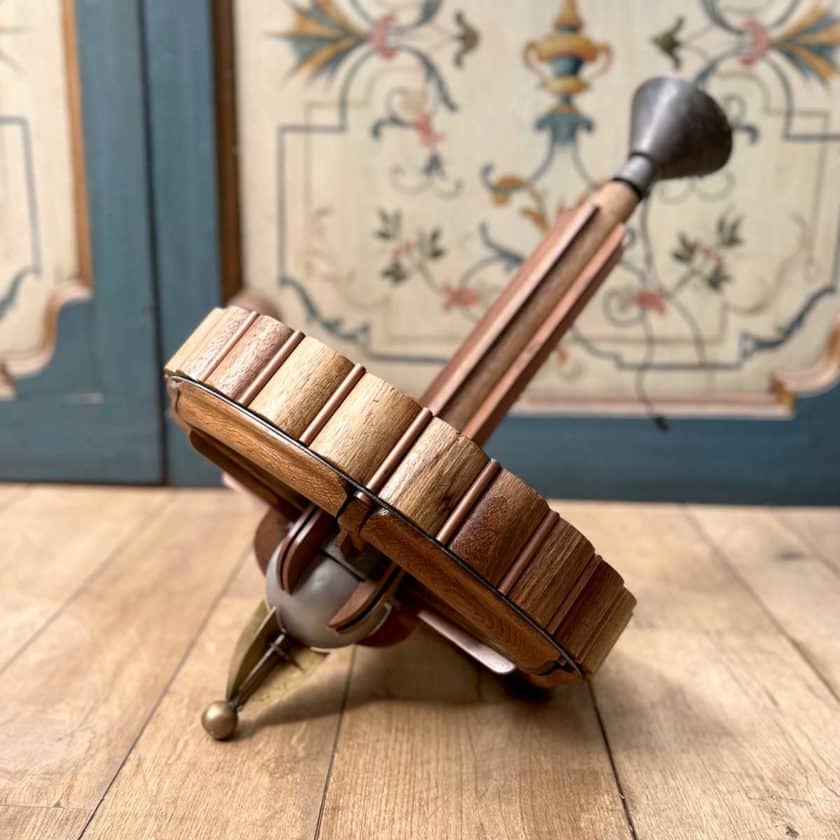
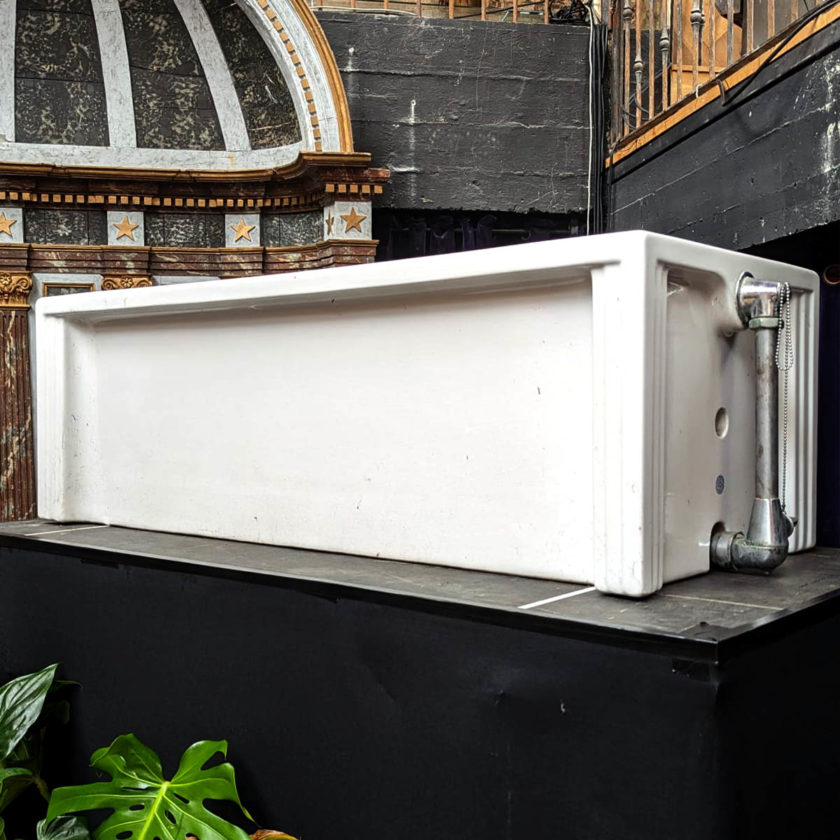
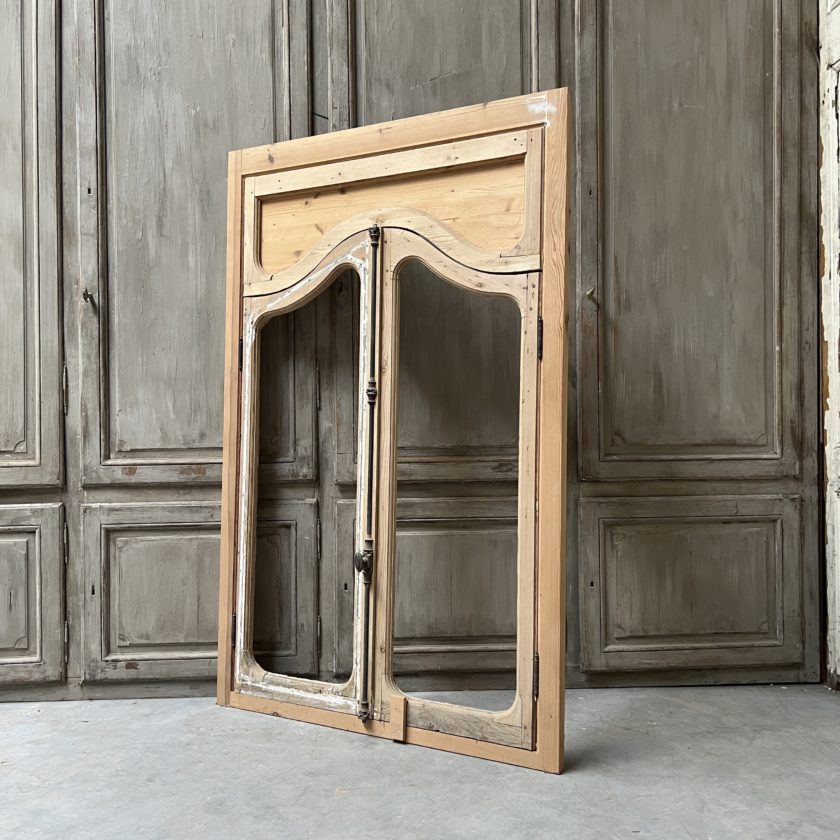
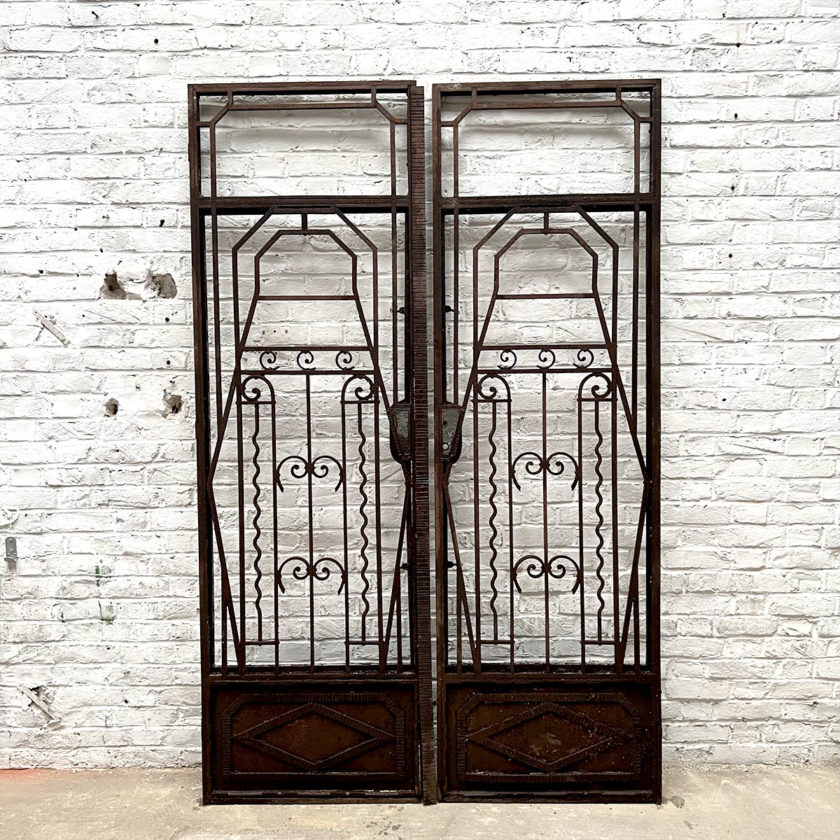



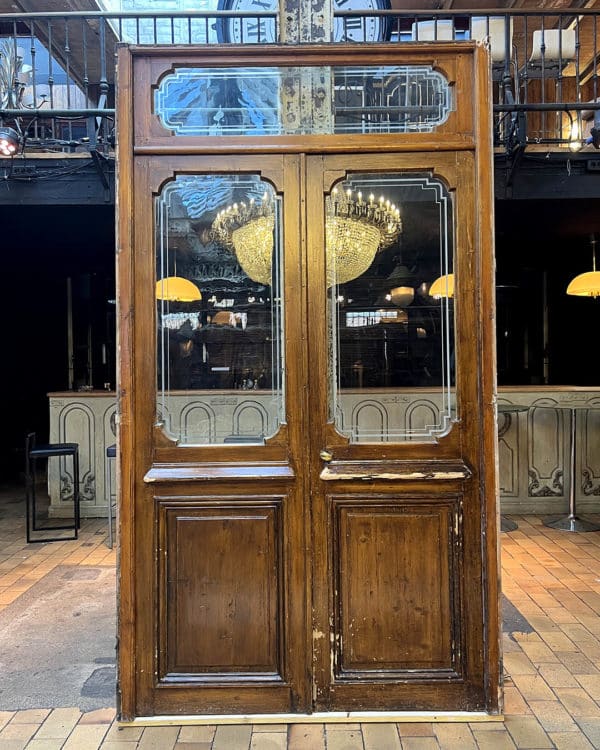

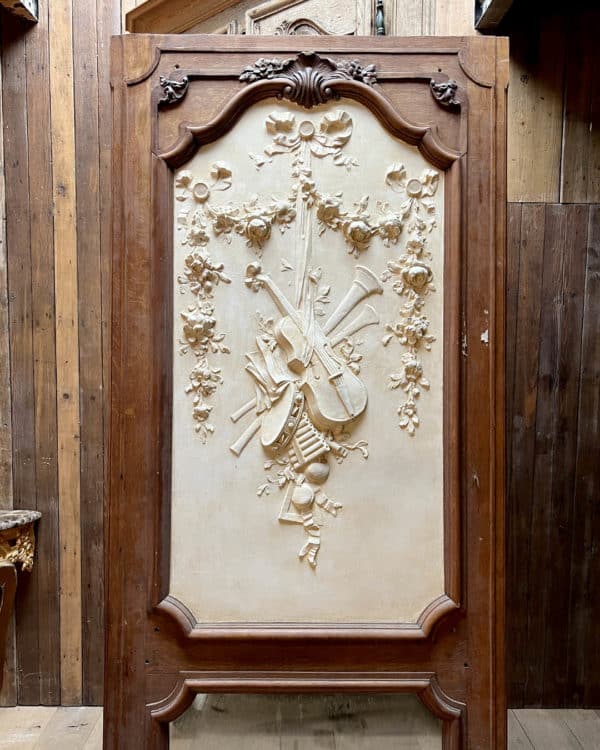
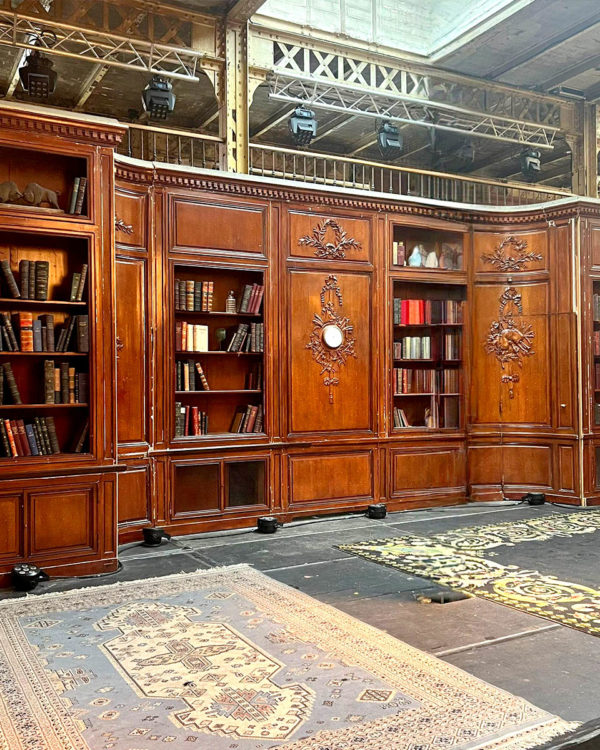
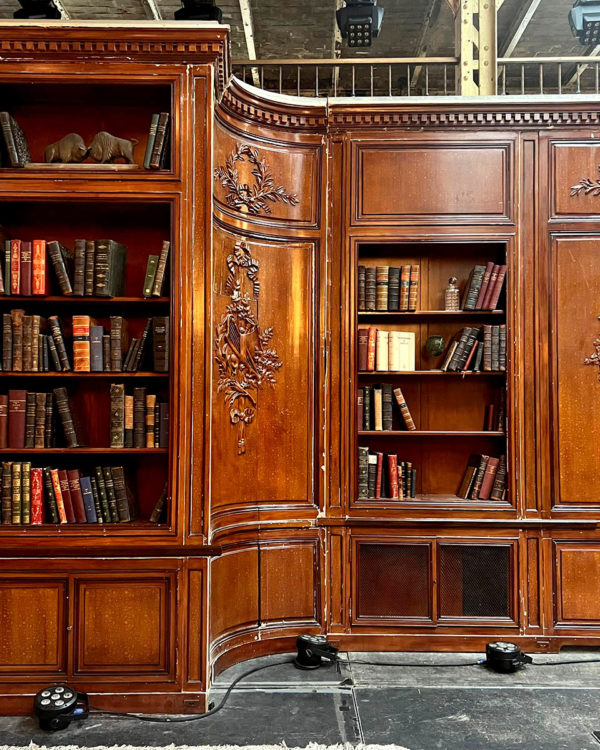
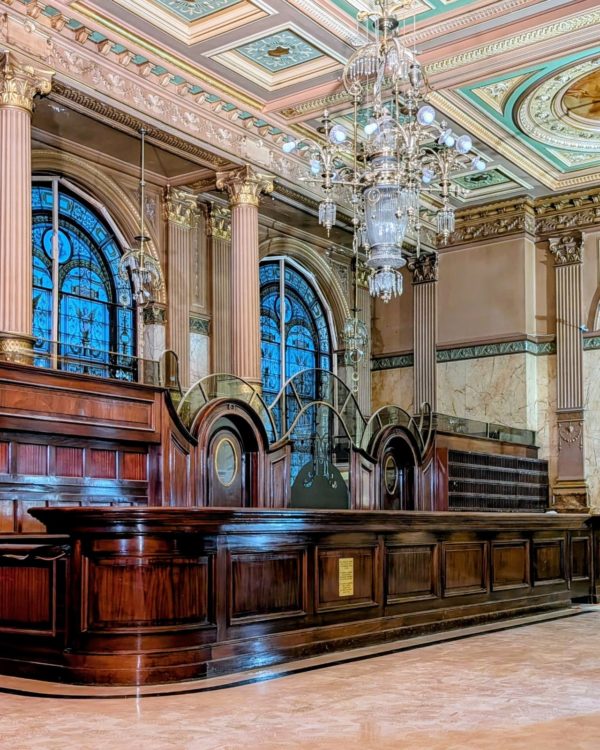
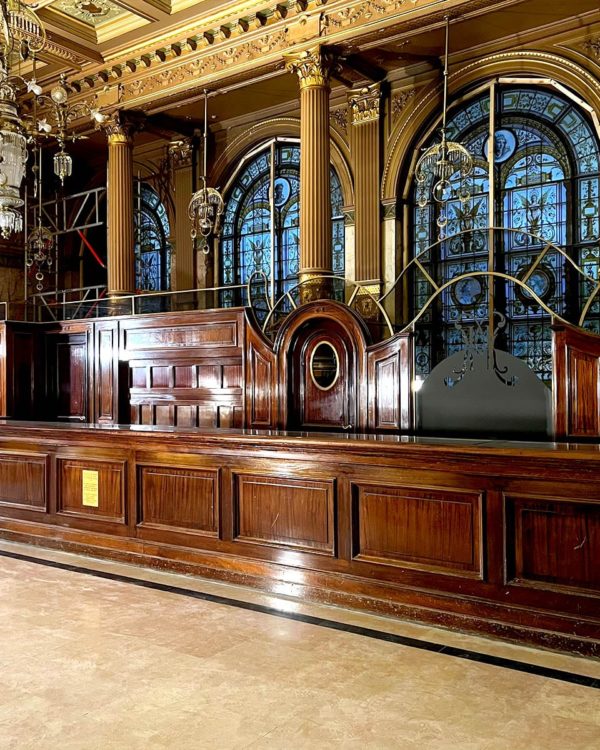
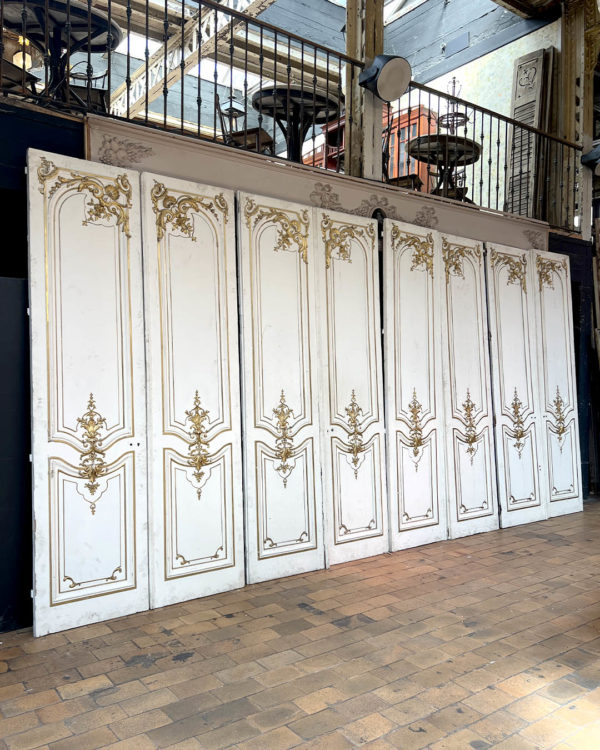
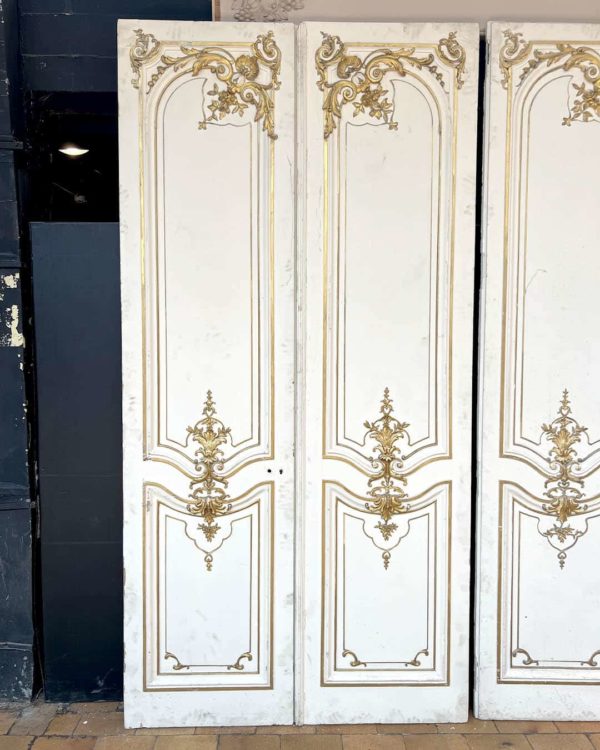
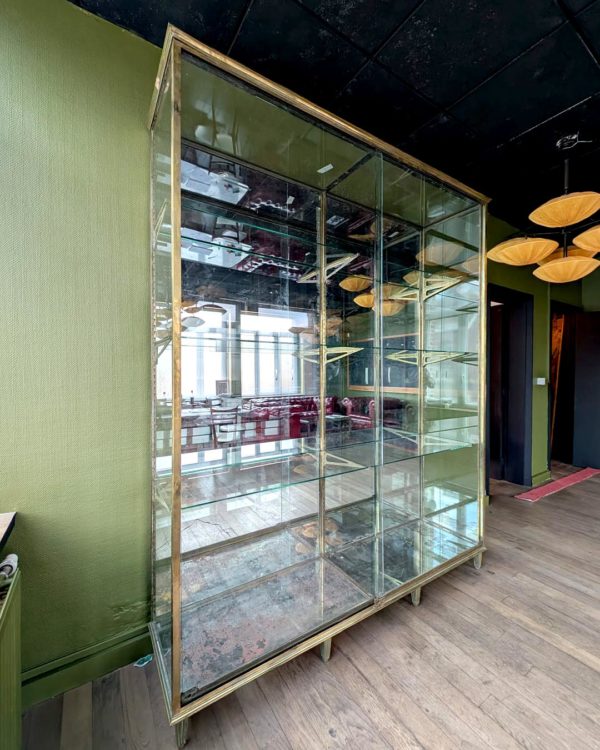
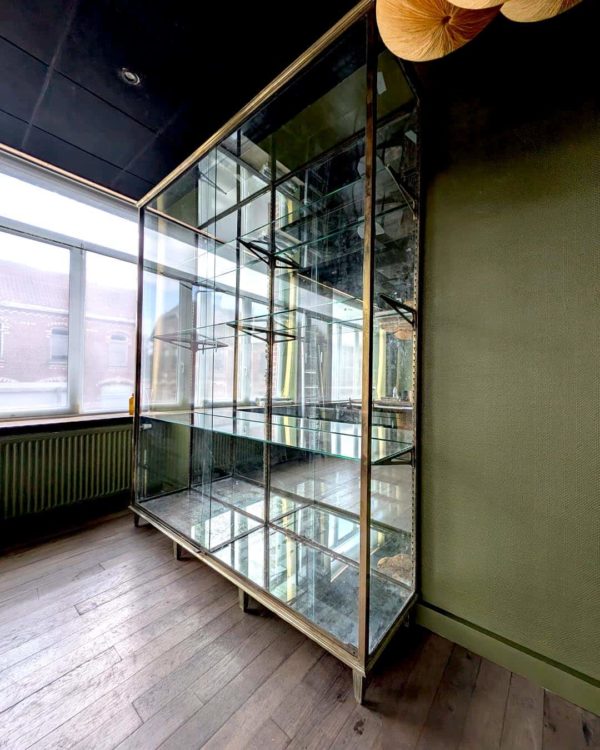
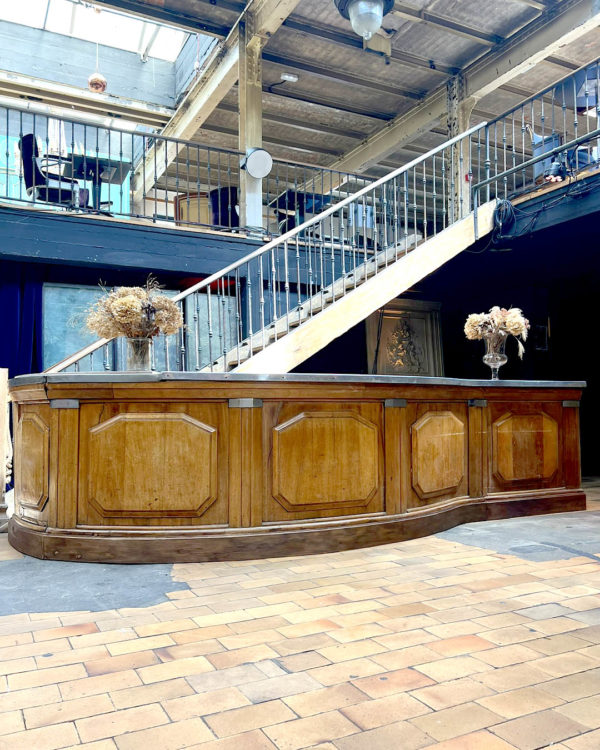
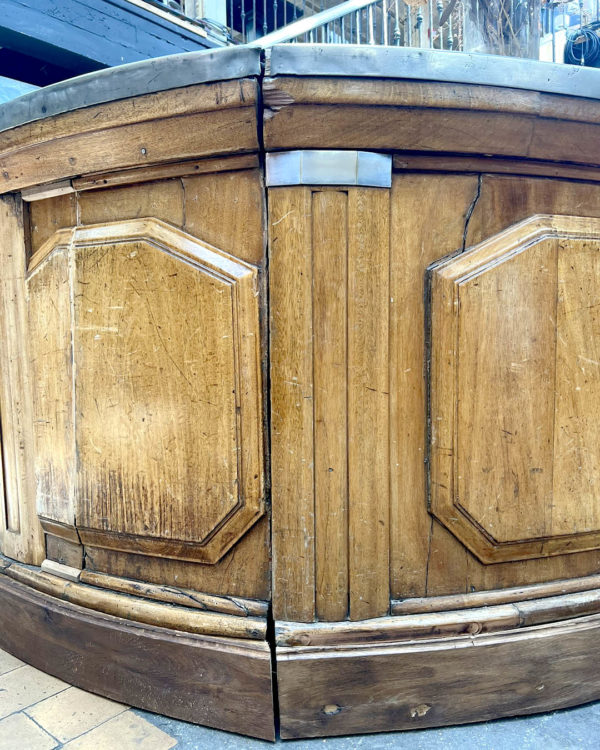

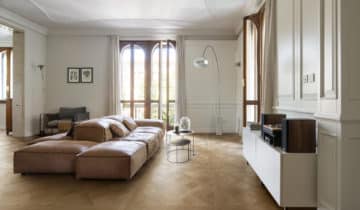

 No products in the cart.
No products in the cart.